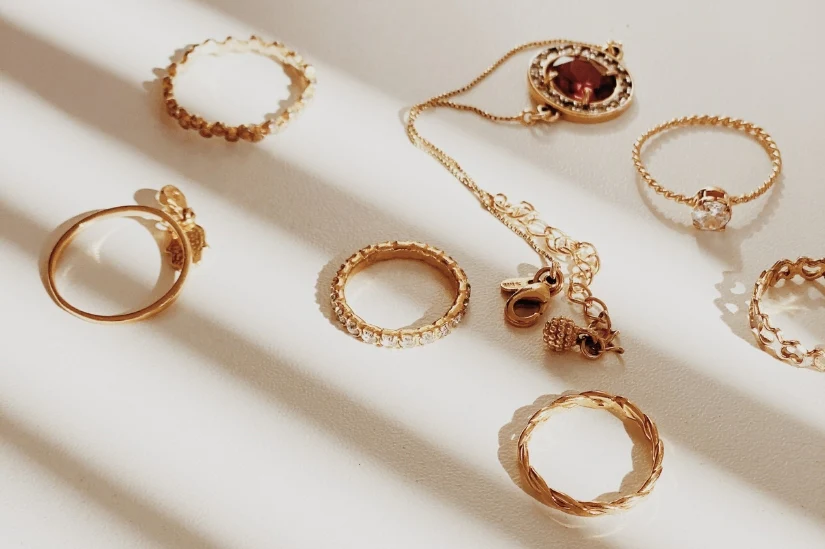Exploring the Latest Trends Driving Growth in the Global Jewelry Market
01 March, 2023

The global jewelry market has seen a significant upswing in recent years, driven by a combination of economic growth, changing consumer preferences, and advancements in technology. The industry has been able to tap into new markets and demographics, and has adapted to the changing needs of consumers. In this article, we take a closer look at some of the latest trends in the jewelry market, and explore what's driving its growth.
One of the biggest drivers of the growth in the jewelry market is the increasing number of affluent consumers in emerging markets such as China, India, and Brazil. These consumers are demanding higher quality products and are willing to pay a premium for luxury items. The jewelry industry has responded by expanding its reach into these markets, with a focus on offering products that are tailored to local tastes and preferences.
Another important trend in the jewelry market is the growing demand for lab-grown diamonds. These diamonds are created using advanced technology, and are virtually identical to natural diamonds in terms of their chemical and physical properties. Lab-grown diamonds are often less expensive than natural diamonds, making them a popular choice for consumers who are looking for high-quality jewelry at a more affordable price.
In addition to lab-grown diamonds, there has also been a surge in demand for colored gemstones such as emeralds, sapphires, and rubies. Consumers are drawn to the unique beauty of these gemstones, which come in a wide range of colors and shades. Jewelry designers have responded to this trend by incorporating colored gemstones into their designs, creating pieces that are both stunning and unique.
Another trend that has been gaining momentum in the jewelry market is the use of alternative materials such as titanium, tungsten, and ceramic. These materials are durable, lightweight, and hypoallergenic, making them a popular choice for consumers who are looking for jewelry that is both stylish and functional. Jewelry designers have been experimenting with these materials, creating pieces that are both visually striking and practical.
In addition to these trends, there are a number of other factors that are driving the growth of the jewelry market. One of these factors is the rise of e-commerce, which has made it easier than ever for consumers to shop for jewelry online. Online retailers are able to offer a wider range of products at more competitive prices than traditional brick-and-mortar stores, and consumers are responding by increasingly turning to online retailers to purchase their jewelry.
Another factor driving the growth of the jewelry market is the increasing importance of sustainability and ethical sourcing. Consumers are becoming more conscious of the environmental and social impact of their purchases, and are demanding that jewelry companies take steps to ensure that their products are sustainably sourced and produced. Jewelry companies have responded by implementing sustainable and ethical practices in their operations, and by offering products that are certified as being sustainably and ethically sourced.
Despite these positive trends, the jewelry market is not without its challenges. One of the biggest challenges facing the industry is the threat of counterfeit products. Counterfeit jewelry is a major problem in many markets, particularly in emerging markets where regulations are less strict. Jewelry companies are working to combat this problem by implementing stricter controls on their supply chains and by using advanced technology to authenticate their products.
Another challenge facing the jewelry market is the threat of competition from other luxury goods. Consumers have a wide range of options when it comes to purchasing luxury goods, and jewelry companies must compete with other industries such as fashion, watches, and accessories for consumers' attention and spending.
Despite these challenges, the outlook for the jewelry market remains positive. The industry is expected to continue to grow in the coming years, driven by a combination of increasing consumer demand, expanding markets, and innovative products and technologies. Jewelry companies that are able to adapt to the changing needs and preferences of consumers are likely to be the ones that succeed in this dynamic and rapidly evolving.
